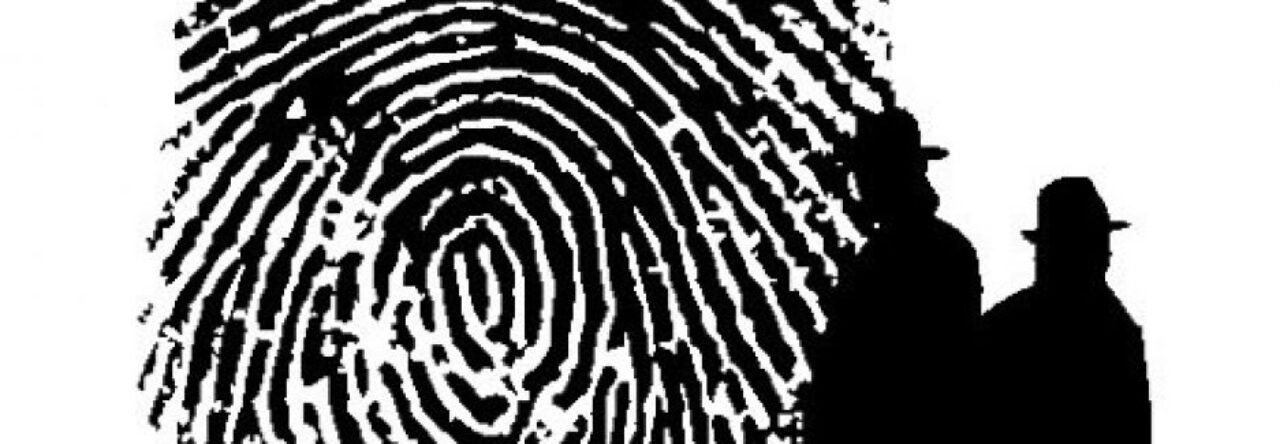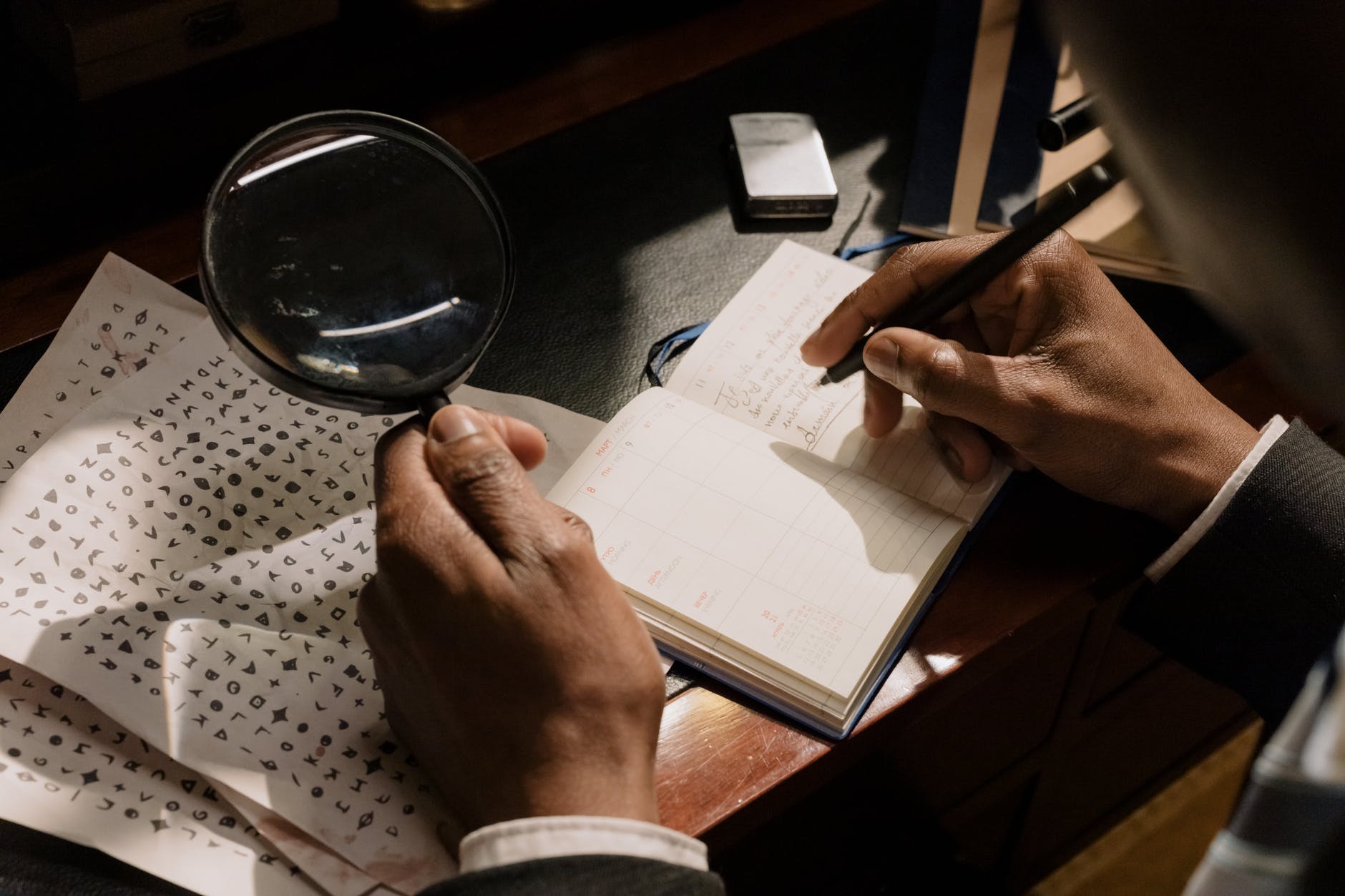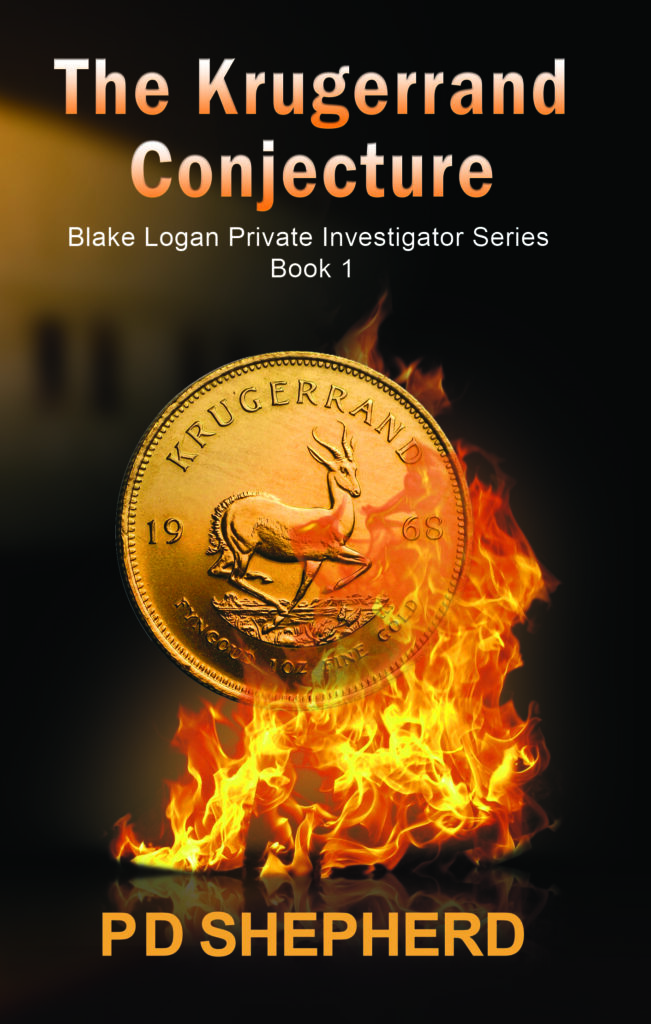Introduction:
In the intricate web of a crime fiction novel, characters are the linchpin that holds the narrative together. These personalities breathe life into the story, each contributing a unique element to the tapestry of intrigue. In this blog post, we shall delve into the various character types that authors can employ to create compelling crime fiction narratives and invite you to consider which character types resonate with you as a reader.
Chapter 1: The Determined Detective
At the heart of many crime fiction novels lies the indomitable figure of the detective. Whether it’s a hard-boiled private investigator or a brilliant police detective, this character type is marked by unwavering determination and a relentless pursuit of justice. Have you ever found yourself rooting for a detective in a crime novel? What qualities do you admire in them?
Chapter 2: The Cunning Criminal
No crime fiction story is complete without its antagonist – the cunning criminal. These characters are often the architects of complex schemes, pitting their intellect against that of the detective. Can you recall a memorable criminal character from a crime novel you’ve read? What made them compelling as an antagonist?
Chapter 3: The Complicated Antihero
Crime fiction isn’t always black and white. Enter the antihero, a character with a moral compass that often points in shades of gray. These individuals may have a checkered past or operate outside the law, yet they possess a sense of justice that resonates with readers. Have you encountered an antihero character who challenged your perception of right and wrong? What dilemmas did they face?
Chapter 4: The Mysterious Informant
In the shadowy world of crime, informants play a crucial role. These characters often straddle the line between ally and adversary, providing vital information to the detective while protecting their own interests. Have you ever wondered about the motivations of an informant character in a crime novel? How does their loyalty impact the story’s dynamics?
Chapter 5: The Reluctant Bystander
Sometimes, the most compelling characters in crime fiction are not actively involved in solving the crime. They may stumble upon the mystery or be reluctantly dragged into the investigation. Can you think of a character who was an unlikely participant in a crime-solving scenario? How did their perspective add depth to the narrative?
Chapter 6: The Femme Fatale
The femme fatale is a classic character archetype in crime fiction. She is often alluring, enigmatic, and seductive, using her charms to manipulate those around her. Have you encountered a femme fatale character who left a lasting impression? What role did she play in the plot’s development?
Conclusion:
In the realm of crime fiction, characters are the building blocks of intrigue and suspense. As you reflect on the various character types discussed in this post, consider which ones resonate with you the most as a reader. Whether it’s the determined detective, the cunning criminal, or the enigmatic femme fatale, the characters you encounter can shape your reading experience and draw you deeper into the world of crime fiction.
As you embark on your own literary journey or continue reading crime fiction, pay attention to the characters you encounter and the roles they play. What draws you to certain character types, and how do they contribute to the richness of the narrative? Share your thoughts and insights with fellow readers and writers, for it is in these discussions that the true magic of crime fiction characters comes to life.



